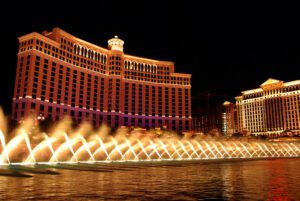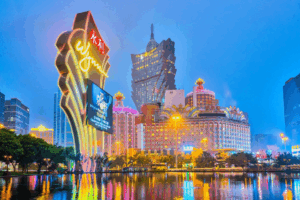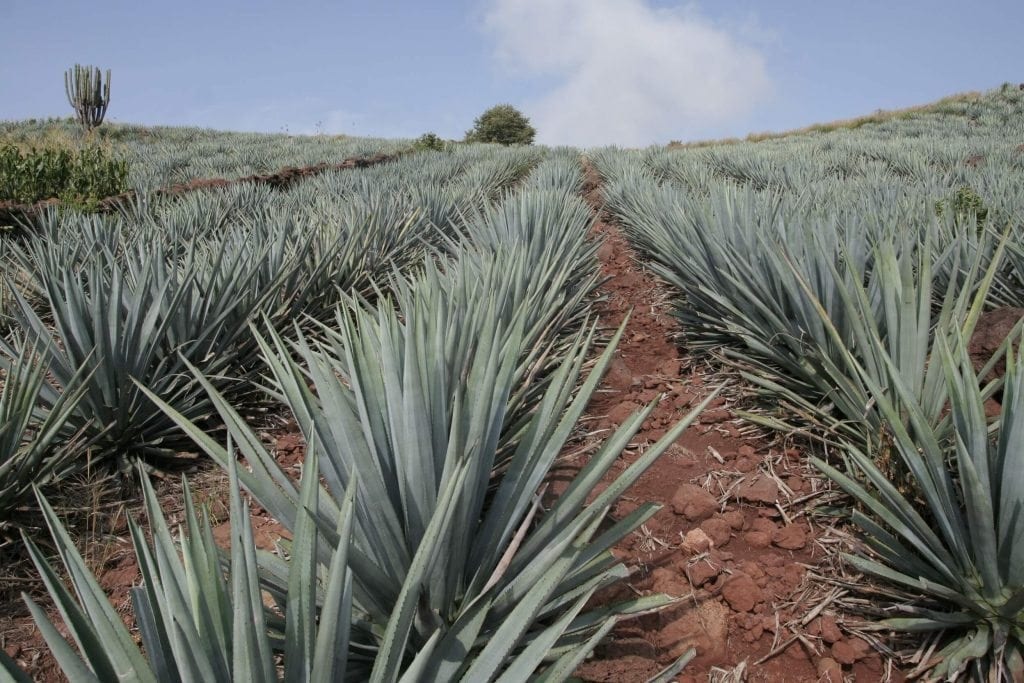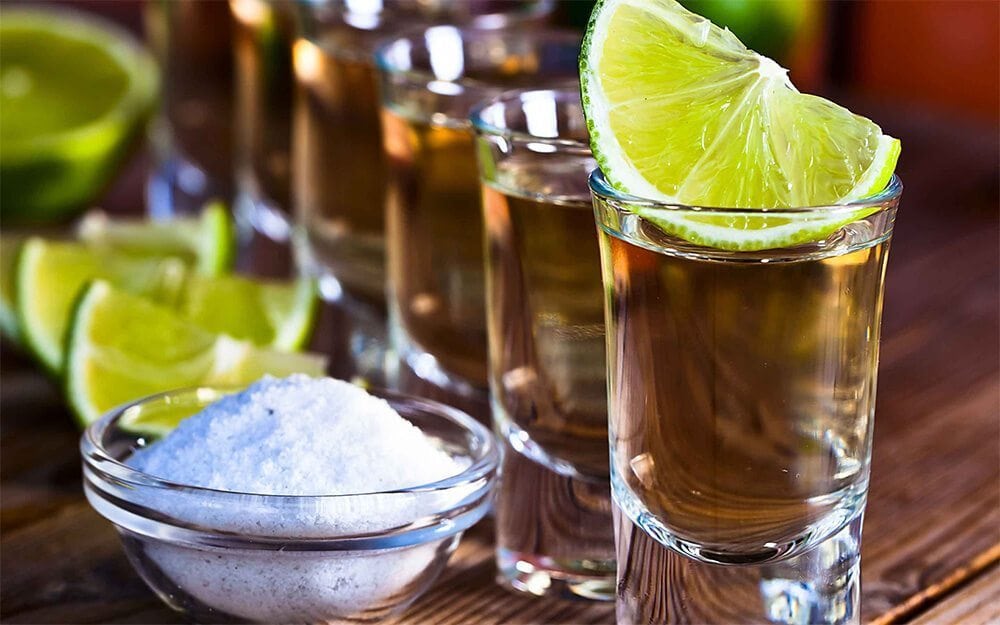
A stroll into any store in Mexico will leave you feeling totally overwhelmed with Tequila choices. With bottles ranging from $30 to $3,000, colours anywhere between clear and gold, and glistening bottles of all shapes and sizes, it’s difficult to know what’s what. This is why I have put together this simple guide just for you. So next time you’re visiting Mexico, you can wow all your friends with the perfect bottle of first class Tequila.
The first step in categorising your Tequila is to know if it’s made with 100% Blue Agave, or if it’s a Tequila Mixto. 100% Agave Tequila is made only with the sugar from the Blue Agave plant and begins its life directly in the fermentation vessels. Tequila Mixto only has to be 51% Blue Agave, the rest is made up of different types of sugar or molasses. Another unique aspect of Tequila Mixto is that you can now legally manufacture it outside of the traditional Tequila regions. After the Blue Agave percentage has been calculated, the Tequila is then further categorised into one of the following five groups:
Photograph ©2016 Jay8085
1. Blanco
Also known as white, silver or platinum, this is the Blue Agave spirit in its purest form. Tequila Blanco is usually made from 100% Agave, however, there are a few rare mixto versions available. As this Tequila is rarely aged more than a few weeks it retains all the strong original flavours of the Blue Agave plant, including its sweetness. After distillation Tequila Blanco is normally bottled right away, although in some cases it is left to ‘settle’ for up to 2 months, giving the tequila a much softer, less harsh flavour.
Tequila Blanco is usually served in a regular shot glass or served as the ever popular Mojito. Some of the Mexican’s favourite brands of this pure tequila are; Jose Cuervo Traditional Plata, Herradura Plata and Centenario Plata.
2. Oro
Also known as gold or joven (young), this is the cheapest type of tequila on the market. Tequila Oro is most often a mixto form of Tequila, and the golden colour comes from adding caramel colouring before fermentation. This young tequila is never usually aged, and is often only 51% Blue Agave. However, as always, there are some exceptions. The golden colour can sometimes come from blending a Tequila Blanco with an aged Reposado or Añejo, and in this case the tequila can also be 100% Agave.
Tequila Oro is usually served in mixed drinks and cocktails as it’s the cheapest option for most bars. Some of the most popular brands of this Tequila are; Jose Cuervo Especial Gold, Agavales Tequila Gold 110 and El Relingo Oro.

3. Reposado
As its name suggests, this is the first in the line of aged tequilas. Reposado means ‘rested’ in Spanish, and this Tequila is left to rest between 2 to 12 months before being bottled. Reposado Tequila begins to turn golden as it ages because it absorbs the colour from the wooden barrels it rests in. This Tequila is most commonly aged in American or French Oak barrels, although many different types of wood can be used. Occasionally, Reposado Tequila is aged inside barrels previously used for cognac, whiskey or wine, giving it an even more unique flavour.
Due to its brilliant flavour, Reposado is very rarely mixed when being served, and is most commonly drank from 2-ounce shot glasses. The top Mexican picks of Reposado Tequila are; Maestro Dobel Diamante, Don Julio Reposado and Sauza Hornitos.
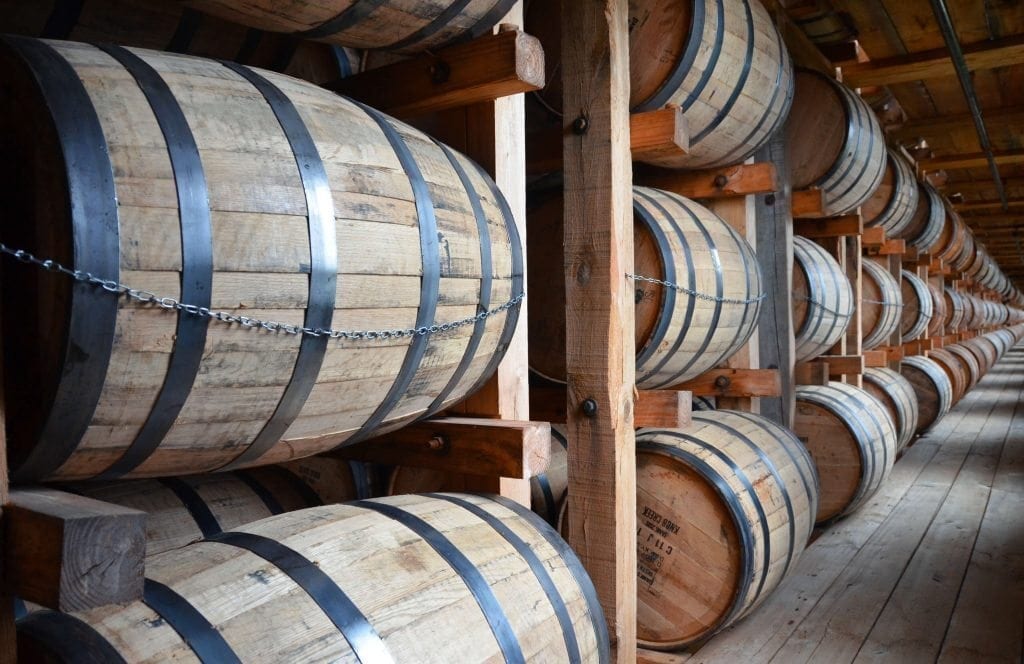
Photograph ©2016 Bbadgett
4. Añejo
Once a Tequila has aged for a year it is called an Añejo, although many are left to age for up to 3 years. Much like the Reposado Tequila, Añejo is aged in a wooden barrel. However, unlike the younger tequilas, Añejo must be aged in barrels no bigger than 600 litres. This process of ageing gives the Tequila its rich, dark and almost Amber colour.
Añejo Tequila has a much smoother, richer and more intricate flavour than the younger versions, making it perfect to sip slowly. Although there are many amazing brands of Añejo, the Mexican’s favourites are; Don Julio 70, Herradura Añejo and Cuervo 1800 Añejo.
5. Extra Añejo
As you probably guessed, a Tequila is classed as Extra Añejo if it has been aged for over 3 years. This ‘ultra-aged’ Tequila is a new type of classification which became official in the summer of 2006. The ageing process is identical to that of Añejo Tequila, just longer. Extra Añejo Tequila takes on an almost mahogany colour, and is so strong that it must be diluted with distilled water before it’s bottled. Due to the rich flavour of this dark Tequila, it is often mistaken for other aged spirits. Extra Añejo Tequila is the most expensive not just because of its intense flavour, but because distillers will only ever let their finest spirits be aged for such a long time.
Extra Añejo is only ever enjoyed slowly, and the most popular brands include; Cuervo Reserva De La Familia, 1800 Milenio Extra Añejo and Revolucion Extra Añejo.
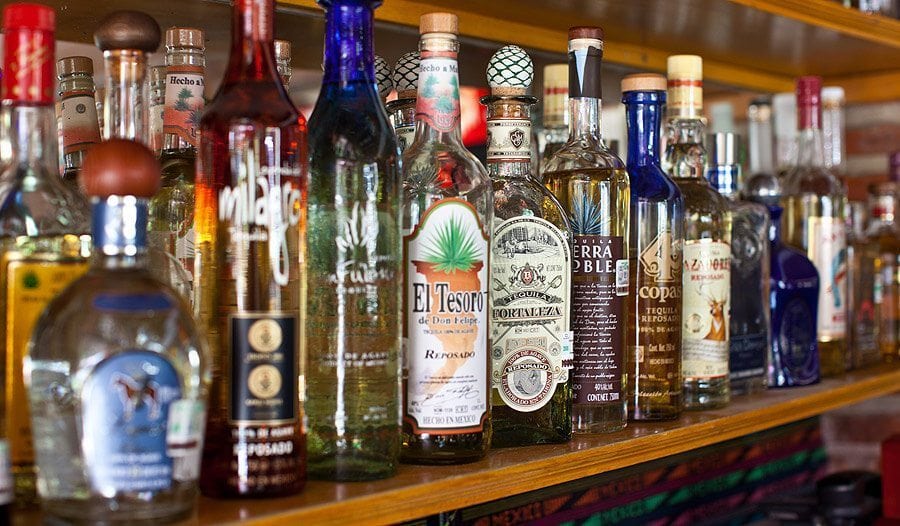
There are a few other Tequila products on the market, such as Tequila liqueurs, Tequila cremes, soft drinks and flavoured Tequilas. Many of these products are used in cocktails, deserts and expensive dishes, but the only true forms of Tequila are listed above. The five classifications of Tequila follow extremely strict guidelines, and must meet specific regulations before being labeled.
Fern is a travel blogger from England, who packed up her entire life into one suitcase, and moved to sunny Mexico. If she’s not exploring secluded beaches, or hopping on a plane to a nearby country, you will find her under the waves trying to make friends with the local marine life. Fern’s motto is to travel slowly. She takes time to really get to know a country, immerse herself in its culture, pick up the language, and of course, stuff herself with all the local delicacies!







